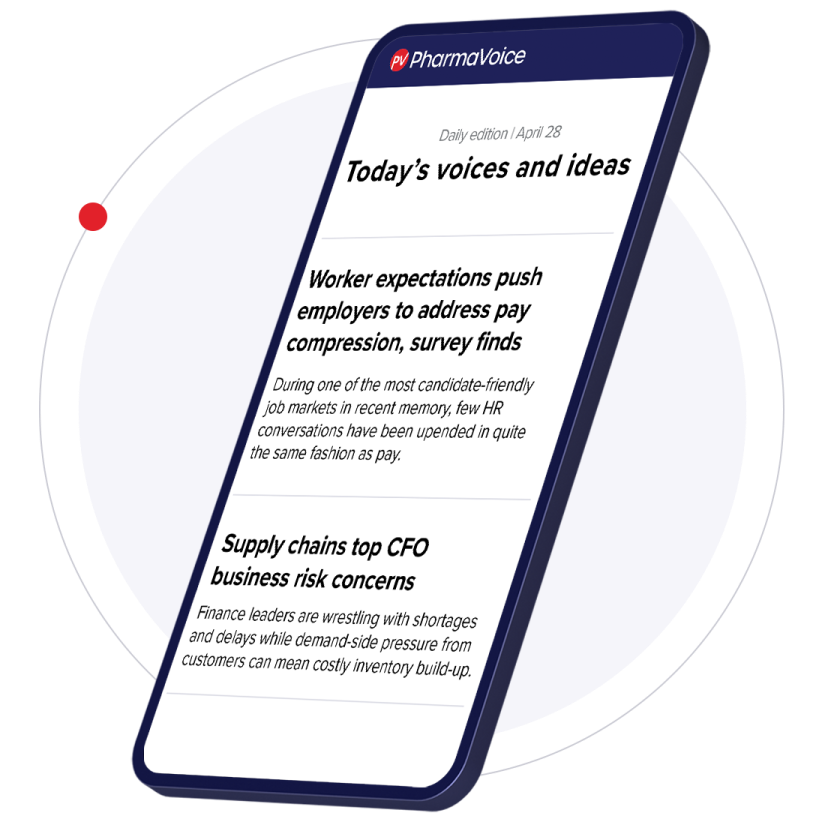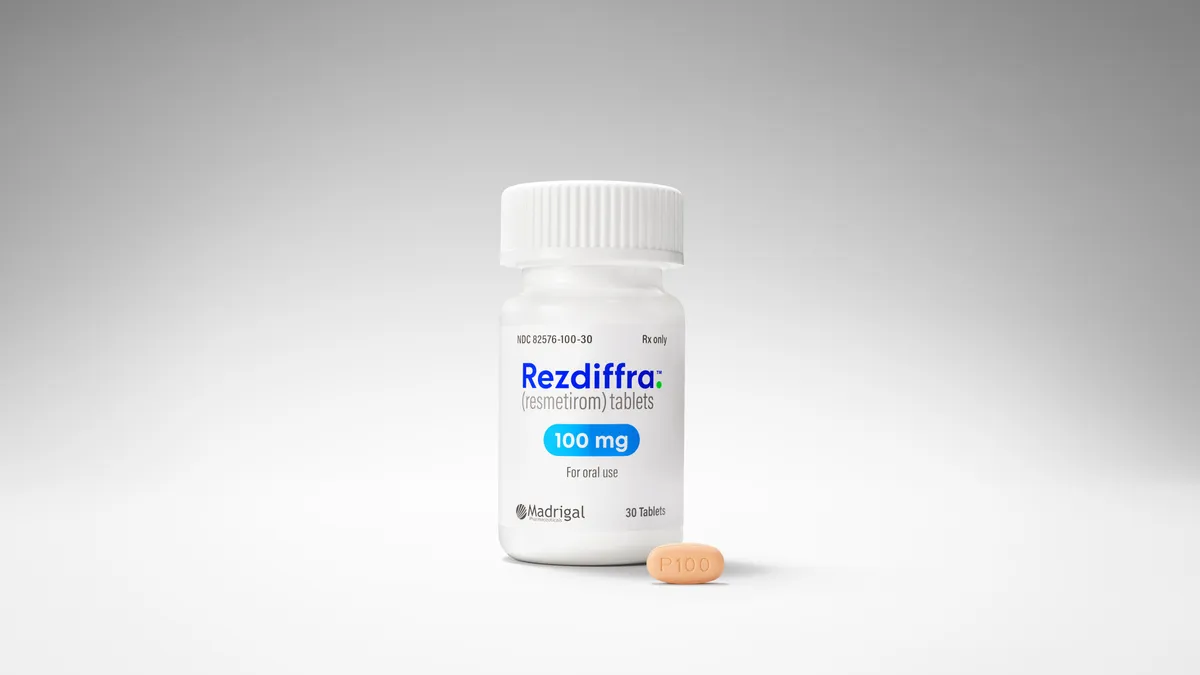Market challenges continue to plague the gene therapy space. Despite their potential as curative treatments, many pharma companies struggle to maintain traction for therapies once they’re available to patients.
Sarepta Therapeutics’ recent roller-coaster ride with Elevidys is a case in point. After a controversial approval in 2023, revenue for the Duchenne muscular dystrophy therapy was on the upswing, reaching $820 million last year. But a dustup with the FDA over safety following a patient death put the treatment in jeopardy, briefly taking it off the market.
For patients, the sudden loss of access to the treatment and new safety questions complicated an already challenging decision-making process for DMD therapies. And the public row between Sarepta and the FDA showcased an undercurrent of regulatory uncertainty in the space.
CBER Director Dr. Vinay Prasad’s handling of the Elevidys standoff points to shifting attitudes toward gene therapies inside the FDA. And although Prasad abruptly left the agency last week, the FDA’s approach to regulating the treatments remains an open question.
Meanwhile, other gene therapies are hitting other speed bumps.
Novartis’ Zolgensma reached blockbuster status just a few years after a 2019 approval. But after peak sales of $1.37 billion in 2022, growth for the one-and-done spinal muscular atrophy treatment is trending down.
In this year’s first quarter, Zolgensma sales fell 17% compared to the same quarter last year, Novartis recently reported. In its earnings call, executives were scarce on explanations for the therapy’s decline, but they noted that it reflected a “lower incidence of [spinal muscular atrophy],” a rare disease that’s diagnosed in just 450 to 500 U.S. children each year.
As these market issues come into sharper view, the gene therapy sector is grappling with up-and-down investments, layoffs and shuttering companies.
How can drugmakers position themselves to navigate more smoothly through the turbulence?
Ferring Pharmaceuticals has been off to a strong start so far with Adstiladrin, which has yet to face similar hurdles as its gene therapy counterparts. The bladder cancer treatment was recently ranked as the fourth best-selling gene therapy after its first full year on the market.
And harnessing that momentum could come down to how the therapy got its start.
A strong launch and eye towards the future
Before leading Adstiladrin’s launch, David Bell, Ferring’s vice president and the head of the company’s U.S. uro-oncology business unit, didn’t have experience in the gene therapy space. But with over three decades in the industry and 30 product launches under his belt, Bell brought fresh eyes to the process.
Ferring, a privately owned Swiss biopharma that has long specialized in reproductive and maternal health products, is also new to the gene therapy game. In recent years, however, Ferring has broadened its scope to include assets in the gastroenterology and microbiome space, as well as urology and uro-oncology, where the company says Adstiladrin has put it at the “forefront” of gene therapy innovation.
“When you dig into bladder cancer, specifically into our indication, there’s been no innovation for 50 years,” Bell said.
“We have strong patient programs. We have great coverage. And we have continued R&D investments."

David Bell
VP, head, U.S. uro-oncology business unit, Ferring Pharmaceuticals
Even with solid safety and efficacy data, Adstiladrin stumbled during its first approval bid and was rejected due to manufacturing issues. And as Ferring shored up its production process, the company also set out to ensure a steady supply of the therapy.
Late last year, the company opened a manufacturing facility in Finland to support Adstiladrin’s supply chain and then a New Jersey production hub this spring.
“This manufacturing effort wasn’t just about launching a product. It focused on building the infrastructure to ensure a sustainable supply of Adstiladrin and gaining the trust of the market,” Bell said. “That was probably the most critical part [of the launch].”
Winning coverage was also key to building market traction for Adstiladrin, and after educating payers and creating patient support programs, the company said 99% of patients could access the treatment.
“We’ve been really blessed in a short period of time [and have] already treated 1,500 patients,” Bell said.
While Ferring isn’t offering future sales guidance for Adstiladrin, the therapy targets certain patients with non-muscle invasive bladder cancer patients, which represents up to 75% of all bladder cancer cases, the fourth most common cancer in U.S. men. Almost 85,000 new cases of bladder cancer are projected for this year, according to Ferring.
With about $75 million in sales, Adstiladrin was a key driver behind Ferring’s overall 7% growth last year.
The therapy is also less likely to run into the kinds of safety concerns hovering over treatments like Elevidys that leverage AAV vectors. Instead, Adstiladrin is made with a non-replicating adenoviral vector, and no new safety issues were revealed in the five-year data for the therapy.
Looking ahead, the company has touted Adstiladrin’s potential to become “the standard of care and backbone therapy for patients with non-muscle invasive bladder cancer,” and is testing it in other cancer indications to expand its reach.
But maintaining momentum will go “beyond innovation,” according to Patrick Gorman, Ferring’s head of U.S. communications.
“We’re investing in education, access and long-term evidence,” Gorman said in an email. “We anticipate patients will follow a quarterly dosing schedule with Adstiladrin, which is unique to only this product in this space. We’re also advancing key studies alongside leading experts to generate high-quality clinical data and real-world evidence that not only informs clinical practice but helps shape better pathways of care.”
Another linchpin to securing Adstiladrin’s long-term impact will be the company’s efforts to understand the patient journey, meet treatment needs and secure access, Bell said.
“We have strong patient programs. We have great coverage. And we have continued R&D investments,” Bell said.





















